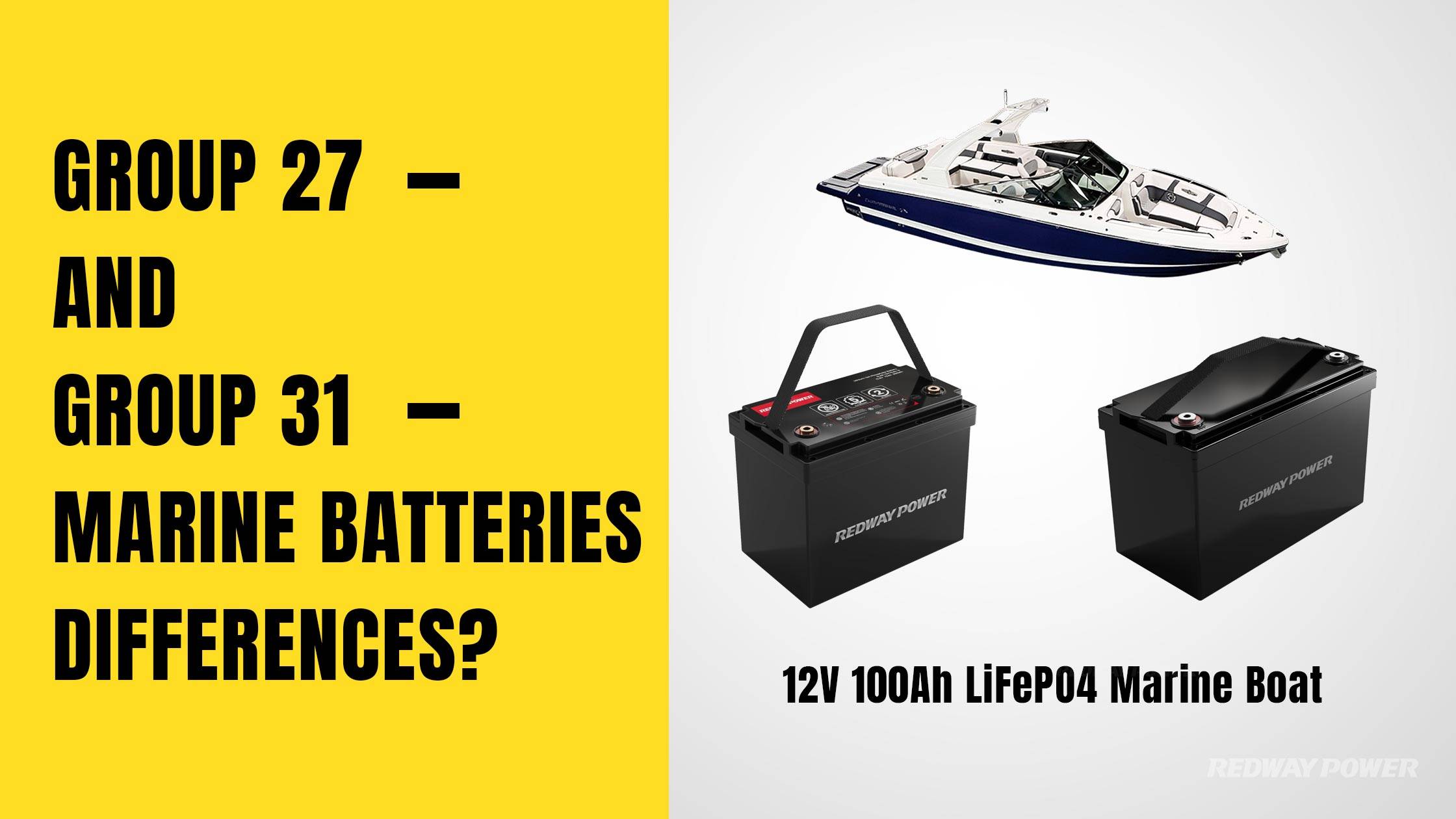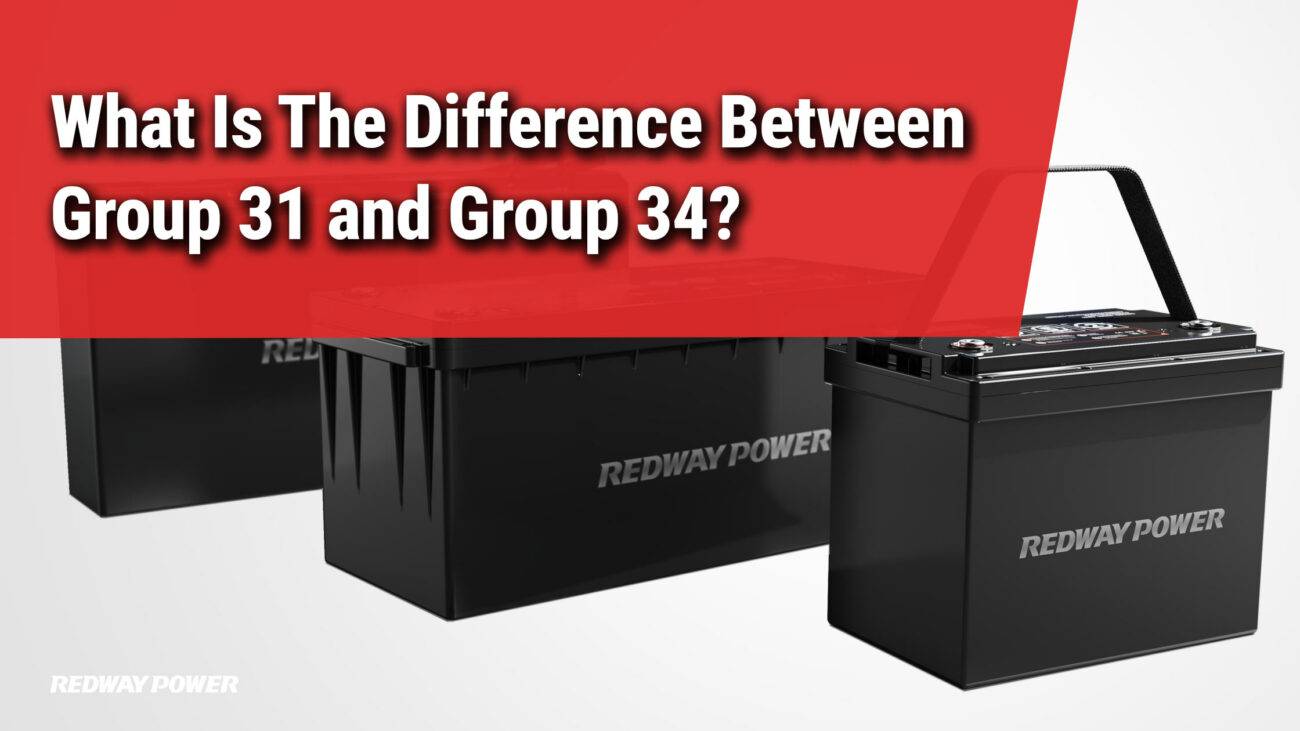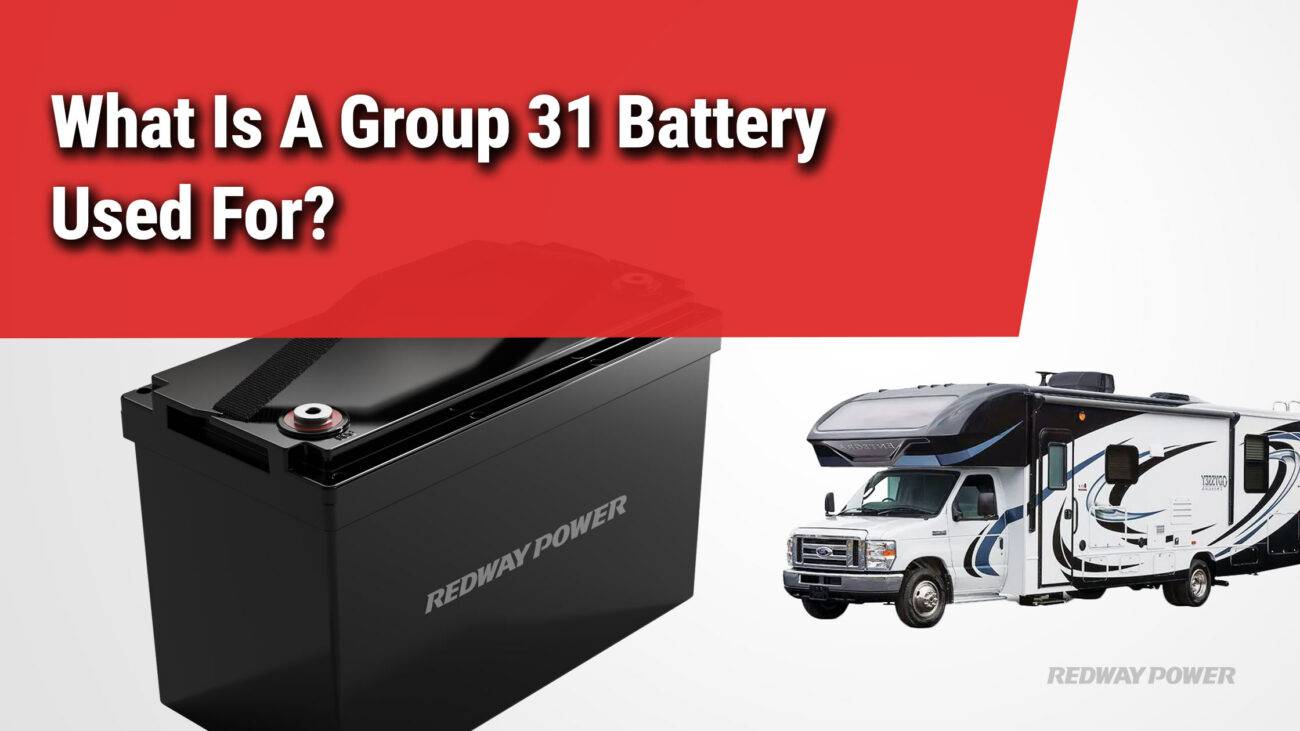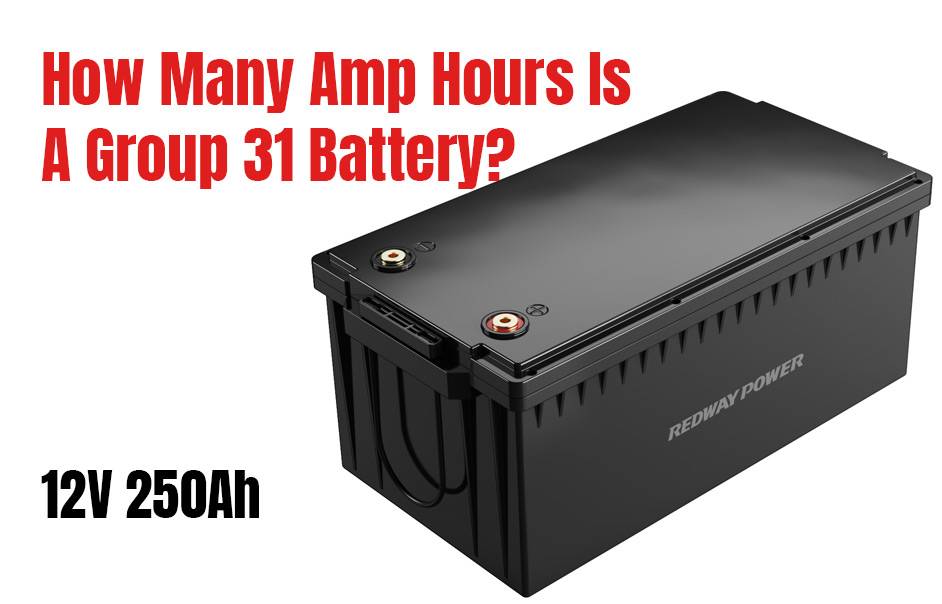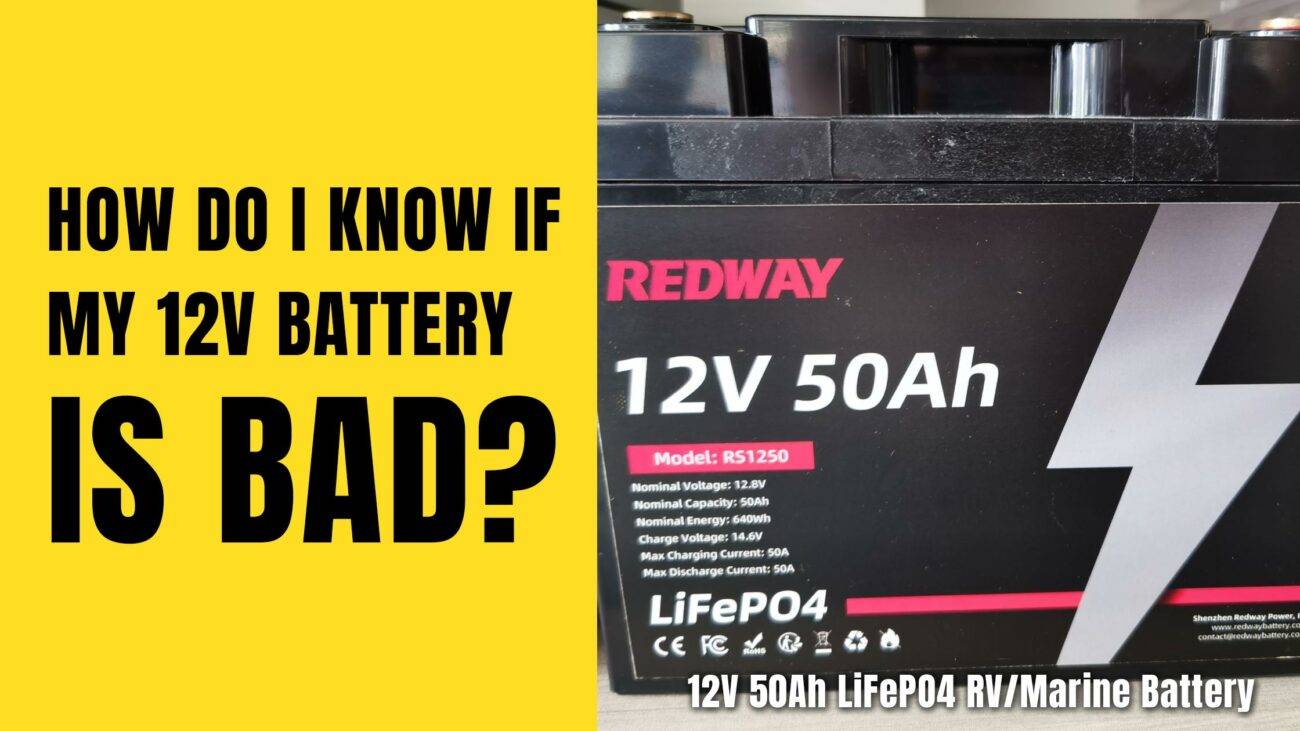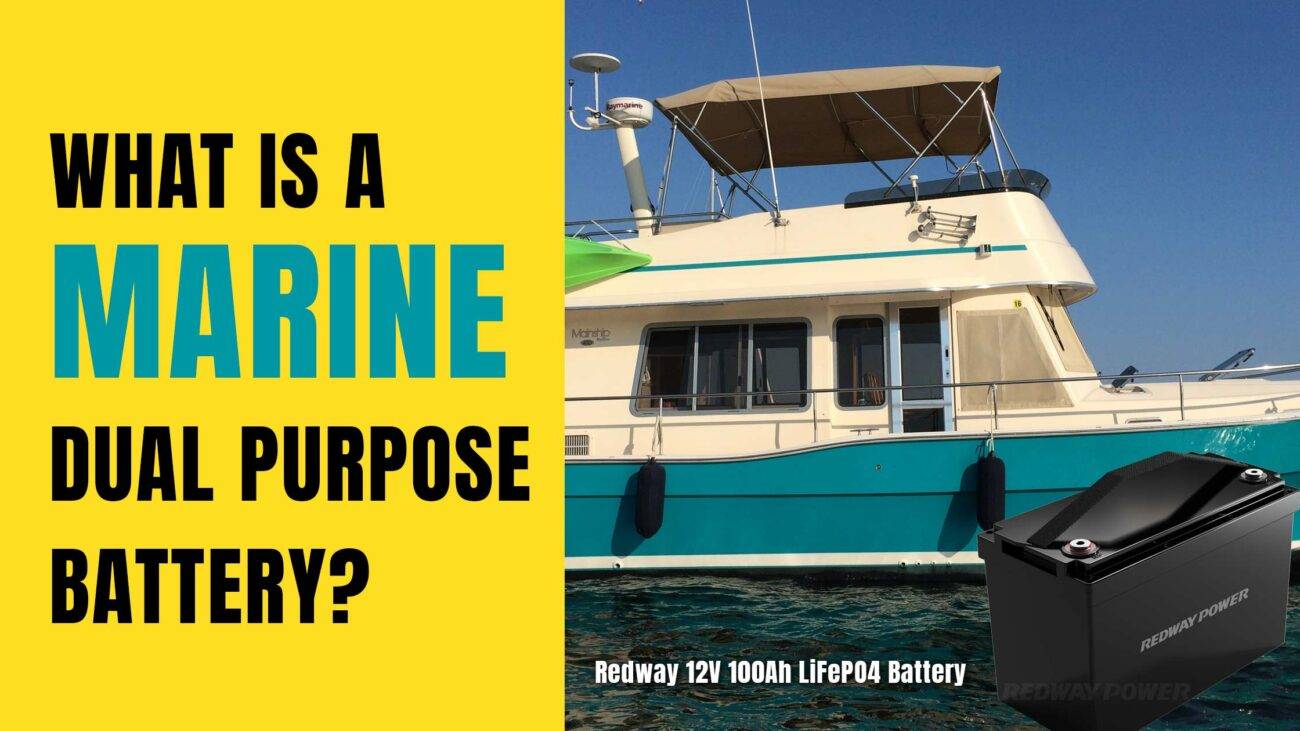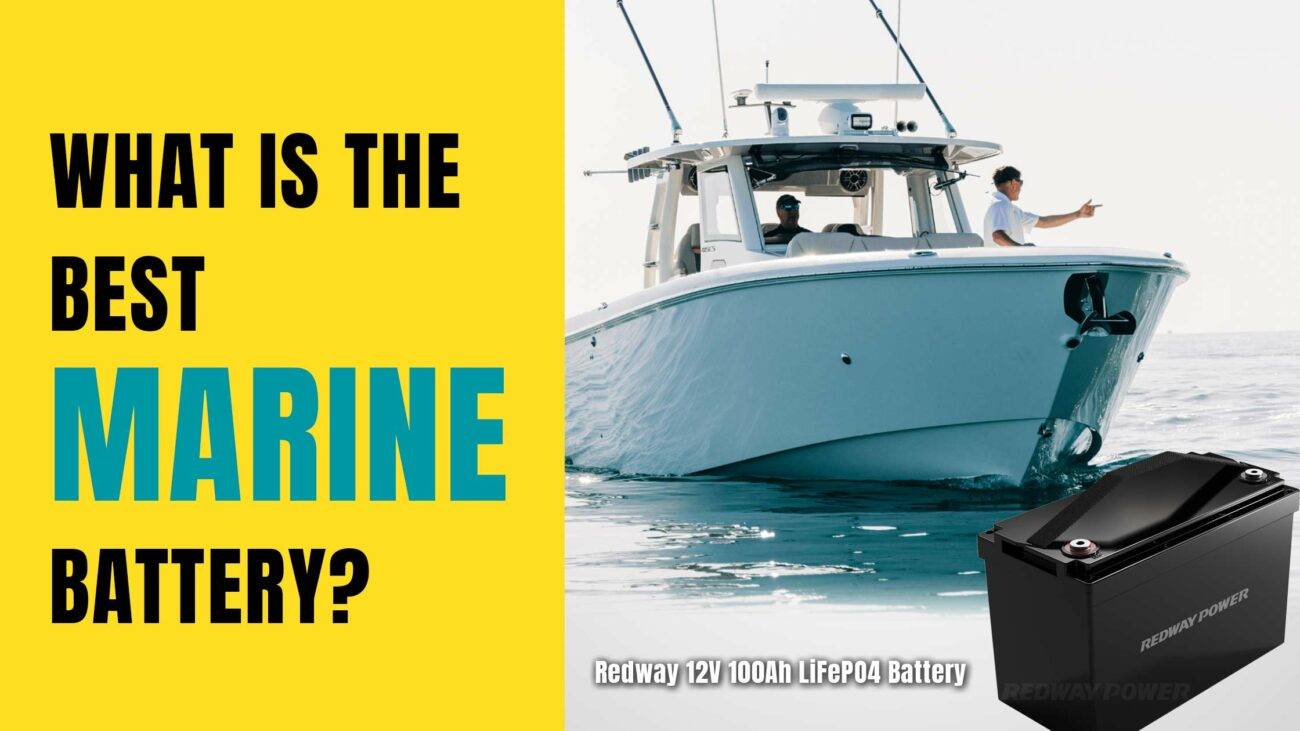Choosing between Group 27 and Group 31 marine batteries depends on factors like boat size and power needs. Maintain your battery by regular inspections, cleanliness, proper storage, and following manufacturer instructions for charging. By caring for your battery, you ensure reliable power for all your marine adventures.
Understanding Marine Batteries
Marine batteries power boats, handling engine start-up, electronics, and lighting. Unlike car batteries, they withstand water’s challenges, needing durability for vibrations, loads, and temperature changes. Group 27 and Group 31 are popular options, labeled by size codes. Starting batteries provide quick bursts, while deep cycle batteries offer sustained power. Consider these factors when choosing the right marine battery.
Marine batteries are essential for boats, powering engines, electronics, and lights. Unlike car batteries, they’re built tough to endure water conditions, like vibrations and temperature changes. Group 27 and Group 31 are popular options, labeled by size codes. Starting batteries give quick bursts, while deep cycle batteries offer continuous power. Choose wisely for your boat’s needs.
1. Built Tough: Marine batteries withstand water’s challenges, like vibrations and temperature changes, unlike car batteries.
2. Popular Options: Group 27 and Group 31 are common choices, known for their durability and performance.
3. Starting vs. Deep Cycle: Starting batteries provide quick bursts of energy, while deep cycle batteries offer sustained power for longer durations.
Understanding these differences helps in choosing the right marine battery for your boat’s requirements.
Group 27 Marine Battery Characteristics
Group 27 marine batteries are popular among boat owners due to their power and capacity. These batteries offer large dimensions, providing more energy storage for longer use without running out of power. Known for excellent cranking power, durability in harsh marine environments, and advanced features like dual-purpose capabilities, Group 27 batteries are reliable for various boat types.
When it comes to marine batteries, understanding the characteristics of Group 27 batteries is essential for boat owners. Let’s break down why they’re a popular choice:
- Power and Capacity: Group 27 batteries are known for their robust power and ample capacity, making them reliable for extended use on the water.
- Excellent Cranking Power: They boast impressive cranking power, ensuring your boat’s engine starts reliably, even in cold weather conditions.
- Durability: Designed to withstand the harsh marine environment, Group 27 batteries are built tough to endure vibrations and shocks, with superior resistance to corrosion from saltwater exposure.
These features, coupled with advanced capabilities like dual-purpose and deep cycle technology, make Group 27 batteries a top choice for boat owners seeking reliability and longevity.
Group 31 Marine Battery Characteristics
Group 31 marine batteries are known for their high capacity and durability. With amp hour ratings typically ranging from 100 to 130, they offer longer run times and strong power output. These batteries can withstand deep discharges and have excellent cold-cranking abilities. Sealed designs simplify maintenance, making them reliable for demanding marine applications.
Group 31 marine batteries are powerful options for boats, known for their robustness and high capacity. Let’s break down why these batteries are a popular choice among boat owners:
- High Capacity: Group 31 batteries typically have an amp hour rating between 100 to 130, meaning they can provide longer periods of power compared to other marine batteries.
- Durability: Built to withstand harsh marine environments, these batteries are designed to handle vibrations and impacts, ensuring reliable performance even in rough waters.
- Versatility: Group 31 batteries are capable of enduring deep discharges without losing power, making them suitable for boats requiring continuous use over extended periods.
- Grade-A Lithium Cell: CATL grade-A lithium-ion Battery Cell, cycle life >6000 cycles (60% DOD).
By understanding these features, boat owners can make informed decisions about their battery needs, ensuring a reliable power source for their marine adventures.
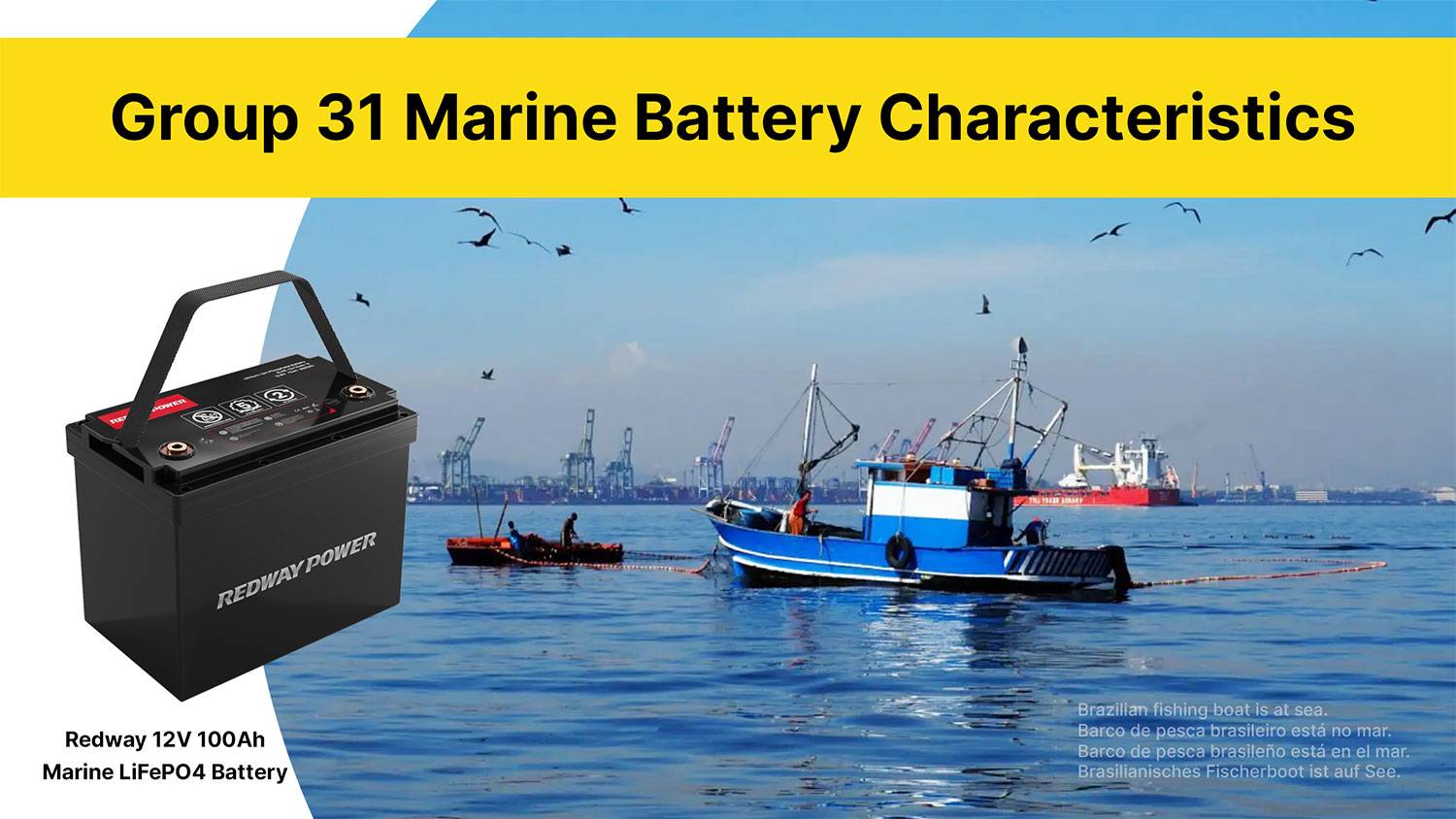
Comparison between Group 27 and Group 31 marine batteries
When choosing a marine battery, you’ll decide between Group 27 and Group 31 types. Group 27 batteries are smaller and lighter with lower amp-hour ratings, suitable for smaller boats. In contrast, Group 31 batteries are larger and heavier, providing higher power for bigger boats. Consider factors like size, weight, and power demand when making your choice. Regular maintenance is essential for battery longevity.
When selecting a marine battery, understanding the differences between Group 27 and Group 31 options is crucial. Let’s break it down:
- Size and Weight: Group 27 batteries are smaller and lighter, while Group 31 batteries are larger and heavier. This impacts compatibility with different boat sizes.
- Power Capacity: Group 31 batteries offer higher amp-hour ratings, providing more power for larger boats and longer durations without recharging.
- Considerations: Factors like boat size, power demands, weight limitations, and available space in the battery compartment should influence your decision.
In conclusion, understanding these differences helps you make an informed choice based on your specific boating needs.
Factors to Consider when Choosing a Marine Battery
When choosing a marine battery, consider its capacity, battery chemistry (like flooded lead-acid, AGM, or gel), and size (such as Group 27 or Group 31). Ensure it meets your boat’s voltage and discharge rate needs, and can withstand tough marine conditions. Your battery choice impacts reliability and power for boating adventures.
Choosing the right marine battery is crucial for ensuring your boat’s electrical system runs smoothly. Here are key factors to consider:
- Capacity: This refers to how much power the battery can deliver over time. Consider your boat’s power needs to determine the required capacity.
- Battery Chemistry: There are different types like flooded lead-acid, AGM, and gel batteries, each with unique performance and maintenance characteristics.
- Size: Common sizes include Group 27 and Group 31, so ensure the battery fits your boat’s designated compartment.
- Durability: Look for batteries that can withstand harsh marine conditions, including vibrations and extreme temperatures.
- Specific Requirements: Consider your boat’s voltage, maximum discharge rate, and charging capabilities to ensure compatibility.
By weighing these factors, you can choose a marine battery that meets your boat’s needs for reliable power on your adventures.
Maintenance and Care for Marine Batteries
To maintain your marine battery, check it regularly for damage or leaks, keep it clean from dirt to prevent corrosion, store it in a cool, dry place, charge it correctly following the manufacturer’s instructions, monitor water levels and top up as needed, protect terminals with protectors, and handle it with care by wearing gloves and safety glasses during maintenance.
When it comes to caring for your marine battery, there are some simple steps you can take to ensure it stays in good condition and lasts longer.
- Regular Inspections: Check your battery often for any signs of damage, leaks, or corrosion. Early detection of issues can prevent them from becoming bigger problems.
- Keep it Clean: Dirt and grime can cause corrosion on the battery’s surface, so it’s important to keep it clean. Wipe away any buildup regularly to maintain optimal performance.
- Proper Storage: Store your marine battery in a cool, dry place when it’s not in use. Extreme temperatures can affect its performance, so keeping it in the right conditions can prolong its lifespan.
- Follow Charging Instructions: Always follow the manufacturer’s instructions when charging your battery to avoid damaging it. Overcharging or undercharging can lead to permanent damage.
- Check Water Levels: If your battery has removable caps, check the water levels regularly and top up with distilled water as needed. This helps ensure it functions properly.
- Protect Terminals: Apply terminal protectors or petroleum jelly to the terminals to prevent corrosion buildup. This keeps your battery performing at its best.
- Handle with Care: When handling your marine battery, wear gloves and safety glasses to protect yourself. Accidents can happen, so it’s important to take precautions.
By following these simple steps, you can keep your marine battery in top condition and ensure it provides reliable power when you need it most.
FAQs
What Are Group 31 Battery Dimensions and Replacement?
What Are Group 27 Battery Dimensions and Lithium Equivalent?
How Does Lightest Group 24 Battery Differ in Power and Weight?
The lightest Group 24 battery weighs approximately 40 to 50 pounds. Although it may have a lower capacity compared to heavier counterparts, it still delivers ample power for various applications. Its lightweight design makes it perfect for portable and compact setups where weight plays a vital role.
What Are Characteristics of the Best Group 24 Marine Battery?
The lightest Group 24 battery weighs approximately 40 to 50 pounds. Although it may have a lower capacity compared to heavier counterparts, it still delivers ample power for various applications. Its lightweight design makes it perfect for portable and compact setups where weight plays a vital role.
Which Lithium Batteries Fit Marine Group Sizes?
The lightest Group 24 battery weighs approximately 40 to 50 pounds. Although it may have a lower capacity compared to heavier counterparts, it still delivers ample power for various applications. Its lightweight design makes it perfect for portable and compact setups where weight plays a vital role.

